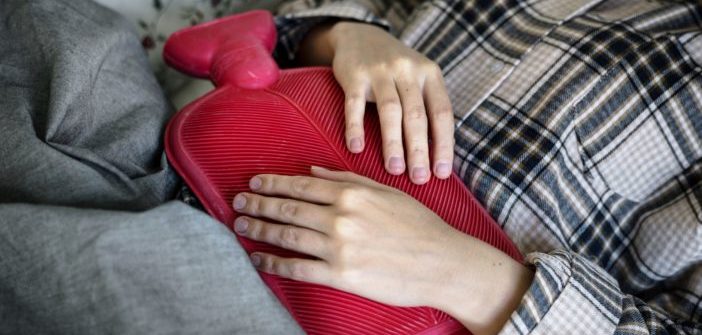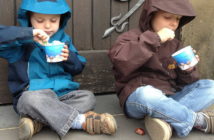Let’s face it: as much as we might want to splurge on good food, we simply cannot afford to eat at fine restaurants day and night. Many times we rely on the comforts of buying food online, but if you’re more into eating healthily and cutting costs (especially Beijing is becoming more and more expensive), cooking your own grub is the way to go.
But there’s more to just saving money to consider when we prepare our food, because we don’t want ourselves suffering from unwanted food-borne illnesses. What you experience after consuming bad food depends on what kind of toxin it carried, but generally, the common symptoms are vomiting, diarrhea, or dehydration.
While handling and storing foods and beverages properly reduces the risk of contamination, we still have to be prepared to act on this common home or office emergency. Here are some of the most common causes of food-borne illnesses.
Norovirus, or the winter vomiting bug, is the most common cause of gastroenteritis.
– What it does to you: Infection causes diarrhea, vomiting, and stomach pain.
– How to avoid: Thoroughly wash raw fruits and vegetables. The virus can easily pass on via direct contact so proper hand washing with soap and water and sanitizing food preparation areas are necessary to prevent the virus from spreading.
Salmonella are bacteria that cause salmonellosis, a type of food poisoning. They usually thrive in raw or undercooked meats, raw eggs, and dairy products like milk.
– What it does to you: Salmonella infection causes enteritis, or the inflammation of the small intestine, with symptoms like diarrhea with blood or pus, abdominal cramps, and vomiting. Salmonella can also cause typhoid fever.
– How to avoid: Food must be cooked thoroughly and liquids like soups should be boiled when reheated. Maintain good personal hygiene while handling food products and properly sanitize kitchen utensils to avoid contamination, since salmonella can survive for a long time without a host.
Clostridium perfringens are bacteria that can multiply rapidly on foods left unrefrigerated for too long. It’s commonly found on raw meat and chicken.
– What it does to you: Infection causes diarrhea and abdominal cramps within 6 to 24 hours, with the illness beginning suddenly and lasting for less than 24 hours. People infected with the bacteria usually do not have fever or vomiting.
– How to avoid: Cook and maintain food at the correct temperature (freshly cooked food must be kept at 60°C. For leftovers, refrigerate them at a temperature of 4.4°C or cooler, and they should be reheated to at least 74°C before serving. Bacteria growth is prevented under these temperatures. Any food that has been left out for too long can look fine, but it’s safer to throw it away.
Shigella are a group of bacteria that cause shigellosis, a kind of intestinal infection.
– What it does to you: Two days after people become exposed to the bacteria, they develop diarrhea, fever, and stomach cramps. The illness usually resolves within 5 to 7 days, and some people might not have any symptoms at all but can pass the bacteria to others.
– How to avoid: As the illness usually happens after someone swallows something that has come into contact with the bacteria, washing hands with soap and water still is the most effective way to lower the risk of infection. Also, avoid swallowing water from areas such as untreated public swimming pools, lakes, or ponds.
Escherichia coli (E. coli) are a diverse group of bacteria, some strains of which can cause sickness. Undercooked beef and unpasteurized milk are the usual causes of E. coli infection.
– What it does to you: It depends on the strain, but the ones which cause food poisoning are Shiga toxin-producing E. coli with symptoms ranging from severe stomach cramps, diarrhea (often bloody), and vomiting. The length of infection varies, but patients usually get better within 5 to 7 days.
– How to avoid: Maintain a proper food safety protocol: clean meat, vegetables, and utensils thoroughly, separate food items, cook at correct temperatures to ensure that germs are killed, and chill and reheat at correct temperatures to prevent the growth of bacteria. Also, thoroughly wash hands and utensils after they come into contact with raw meat.
Photo: rawpixel.com via Pexels



![Beijing Supermarket Staff Photographed “Tampering With Pill Bottles” [Updated]](https://www.beijing-kids.com/wp-content/uploads/2018/12/BHG-Europlaza-featured-214x140.jpg)
